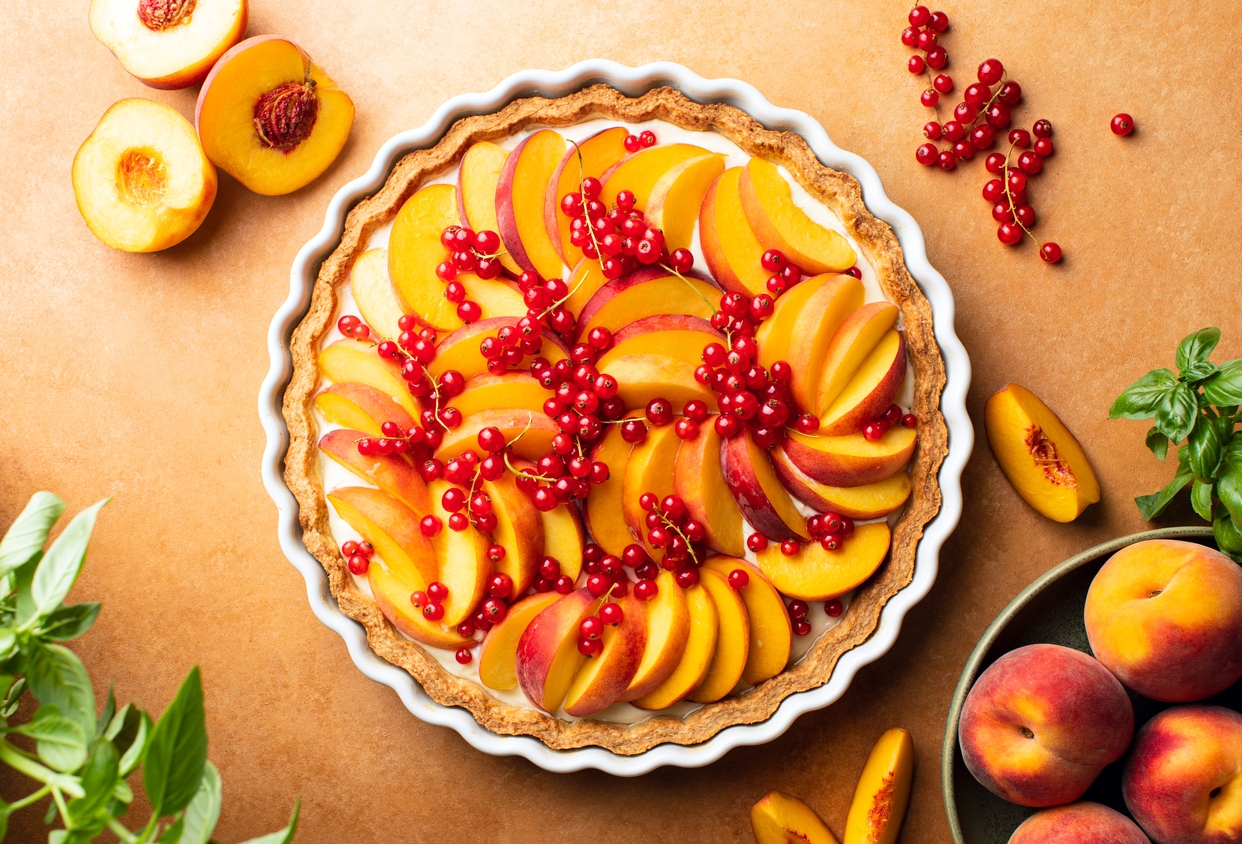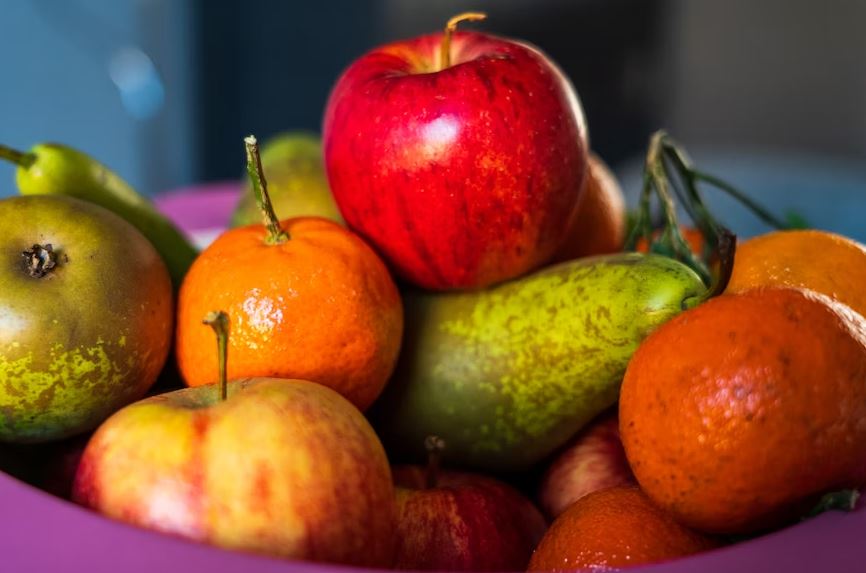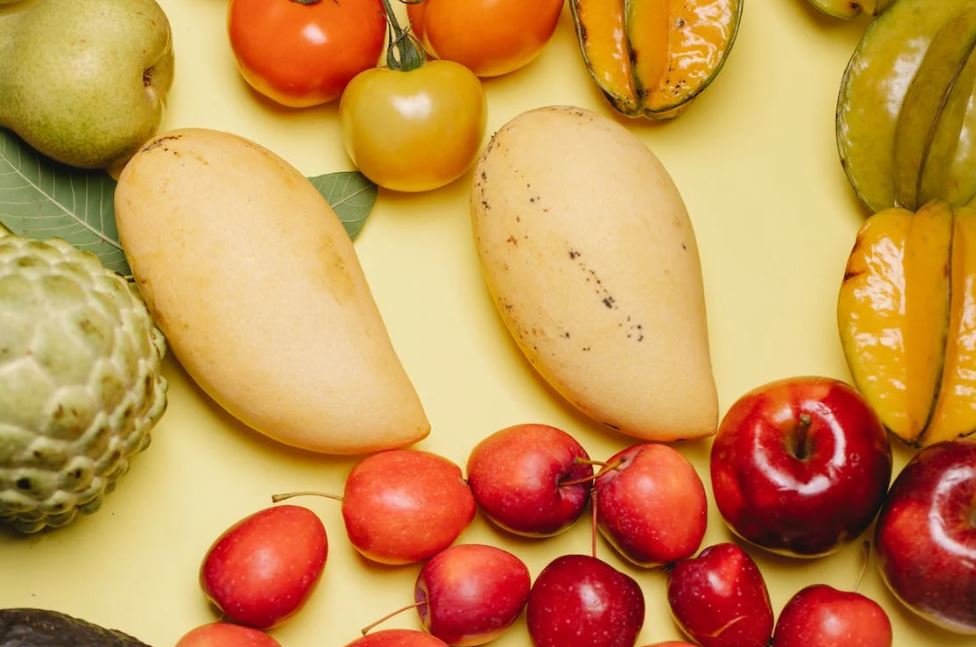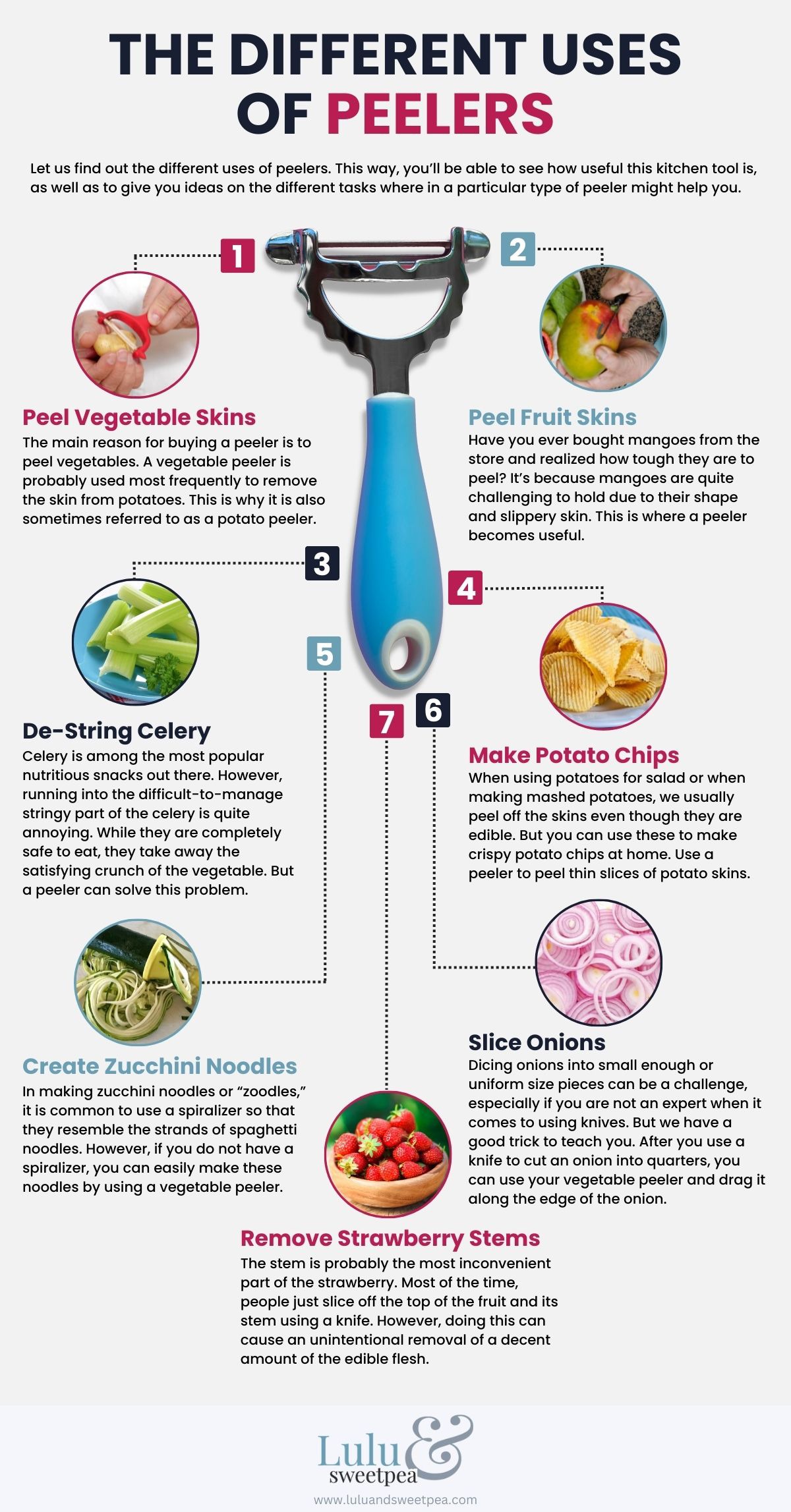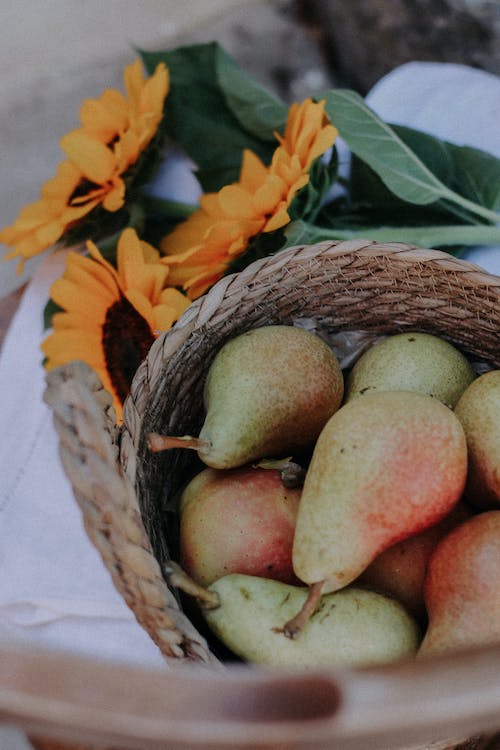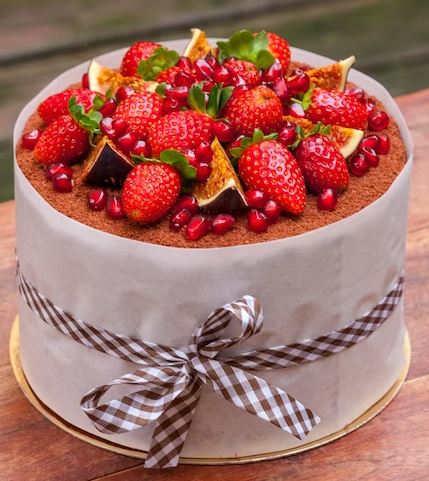Fresh fruit is an enticing sight. It enlivens the refrigerator and counter with cheerful hues and sweet aromas. By extending its typically brief shelf life, frozen fruit affords some flexibility. Both are indispensable in the kitchen. However, when making muffins, pies, or pancakes, is it acceptable to use frozen fruit? Does fresh fruit make a significant difference?
In this post, we will discuss baking with fresh fruit, including selecting the right fruit, adjusting recipes, and effectively incorporating fruit into baked goods. Whether you are a seasoned baker or a novice, we will provide you with tips for baking fruit-filled desserts that are certain to impress.
Choosing Fresh Fruit for Baking
It’s best to bake fruits that are on the firmer side, and it’s a great way to utilize fruits that are unripe or not particularly sweet. Additionally, baking times can vary significantly based on the state of the fruit being baked. Ripe fruits may soften considerably faster than the recommended cooking time.
You may wish to try a different cooking method, such as poaching, depending on the types of fruit you are baking. For instance, if you have very ripe and soft plums, it may be preferable to poach them for dessert toppings.
Use fresh fruit that is ripe and in season whenever possible for the best baking results. Unripe fruit is lacking in texture and flavor and baking won’t help unripe fruit.
Moreover, when baked, ripe fruit releases more juice and flavor, making it ideal for fruit pies, tarts, and cakes. However, keep in mind that the ripeness level depends on the type of fruit and the recipe you are using. Some recipes, for instance, may require slightly unripe fruit for a firmer texture or a sharper flavor.
Types of Fruits Used in Baking
Choosing the proper type of fruit for various baked goods can make all the difference in flavor and consistency. The following are various types of fruit used in various baked goods:
Apple: In baked goods, apples pair well with pastry cream and dried fruits such as walnuts, almonds, and pistachios. Due to their perfect balance of acidity and sweetness, apple tart and apple sponge cake are among the most popular desserts in the world. There are numerous apple varieties, so professional bakers can always find one with the desired flavor and texture.
Kiwis: Similar to apples, kiwis are in season from October to March and pair exceptionally well with pastry cream. Their bright green color and distinct flavor are their greatest assets, whether they are used as a cake decoration or as a main ingredient. With bananas, apples, pineapples, and oranges.
Citric fruits: Oranges, lemons, tangerines, grapefruits, and limes are used in baking to balance sweetness and impart a pleasant acidic tang to the finished product. They are utilized in the preparation of tarts, jellies, ice creams, confections, and numerous dessert varieties. In this manner, both candied and fresh citric fruits are utilized.
Banana: This exceptional tropical fruit is frequently served alongside chocolate, as well as strawberries and raspberries. These ingredients are utilized in tarts, cakes, muffins, caramel desserts, and ice creams. Frequently, banana is served as a side dish alongside rice and meat.
Peaches and Apricots: Professional bakers use both peaches and apricots to create jams and fruit pastes, cakes, tarts, flans, confections, and crumbles. They may be accompanied by apples, bananas, cherries, and strawberries. They impart a unique flavor to pastries, ice creams, and milkshakes.
Fruits of the Forest: Nutritious berries like blueberries, raspberries, strawberries, cherries, and blackberries are frequently incorporated into factory-baked goods, desserts, cakes, jams, sauces, salads, and meat stew side dishes.
Preparing and Cutting Fruit for Baking
First, ensure that your ingredients are free of dirt and pesticides by washing and drying them thoroughly. This would ensure that the fruit is clean and safe for baking purposes.
Then, ensure that delicate fruits are handled with care. It is essential to handle delicate fruits like peaches with care to prevent damage. In many stone fruit recipes, it is acceptable to leave the skin on. Others, however, require their removal. If you need to remove the skin from delicate fruits such as peaches, a sharp vegetable peeler may be useful.
Cut fruits into small pieces as a final step. When baking with fresh fruit, it is necessary to cut the fruit into uniformly sized pieces so that it will soften during baking. It may be tempting to leave larger fruit chunks in your cake or bread, but because fruit is denser than batter, it will sink to the bottom of the pan during baking. Before adding larger fruit pieces, such as strawberries and pineapple, to your batter, it is advisable to cut them into smaller pieces.
If you are interested to learn more about the different uses of peelers, check out this graphic for more guidance:
How to Adjust Baking Recipes When Adding Fresh Fruit
Heat kills and softens fruit cells, resulting in the loss of water from the cells. The longer the fruit is heated, the more it softens and loses water; that is, the more texture it acquires.
Texture and consumer preferences are crucial factors in determining the acceptability of fruit among consumers. Typically, texture is perceived through the sense of touch and the sensation felt when eating fruit. The majority of consumers prefer crisp, crunchy apples and juicy peaches with a melting but not mushy texture. The texture of cooked fruit is genetically determined. When fruit is heated, it decomposes and undergoes dramatic changes, resulting in water loss and softening of the cells.
Fresh fruit typically contains between 75 and 95 percent water, which helps to explain its refreshing nature. Fruits are typically acidic, with a pH range of 2.5 to 4.5. Be sure to incorporate the fruit into the batter or dough with a light touch. Too much fruit can result in overly moist or dense baked goods. Bake the baked goods until the fruit is completely cooked. This will prevent the fruit from deteriorating or turning brown.
Fruit is an excellent way to add natural sweetness, flavor, and color to baked goods. Fruits can be incorporated into numerous baked goods, including pies, pastries, cakes, muffins, and breads. When fruit is ripe and tender, it requires only minutes to cook; for instance, bananas are tender in minutes. When pears are undersized for poaching, sugar should not be added to the poaching liquid. If fragile fruit is cooked with sugar, it remains intact; otherwise, it becomes mushy.
Fruit combinations can be baked successfully; try combining fruits for a balance of sweetness and sourness (for example, strawberries with rhubarb or apples with plums).
Methods of Incorporating Fresh Fruit into Baked Goods
There are a number of ways to incorporate fresh fruit into baked goods. These techniques vary based on the type of fruit and the recipe being followed.
Fruit purées are an excellent way to sneak fruits into the diet of a fussy eater. In most baked goods, fruit purée is an excellent substitute for whole or chopped fruit. By incorporating a vibrant purée into a cake, a beautiful striped texture can be created. Alternately, use a purée to flavor buttercream icing, or add a colorful surprise to a layer cake.
Add chopped fresh fruit to the batter before pouring it into the pan to enhance your favorite cake, quick bread, or cupcake recipe. But before adding the fruit or berries to the batter, lightly dust them with all-purpose flour to prevent them from bleeding into the batter (which would make the batter the same color as the fruit).
Additionally, you could arrange fruits atop baked goods. This is ideal for firmer fruits, such as sliced pears and apples, and is frequently used in desserts. Use firmer fruits such as sliced pears and apples, which are frequently used in desserts such as cakes and tarts. Alternatively, cherries can be used as fillings.
Conclusion
Adding flavor and nutrients to baked goods through the use of fresh fruit can be a scrumptious and refreshing method. You will be able to bake delectable desserts by selecting the appropriate types of fruit, modifying recipes as necessary, and incorporating the fruit in the proper manner. Whether you plan to bake a pie, a cake, or some muffins, the addition of fresh fruit may give your baked goods new life and create a good balance of textures and flavors. We hope the tips in this post have helped you improve your baking skills and create nutritious and delectable desserts.
